1. Start with a Niche—Find Your Doggy Sweet Spot
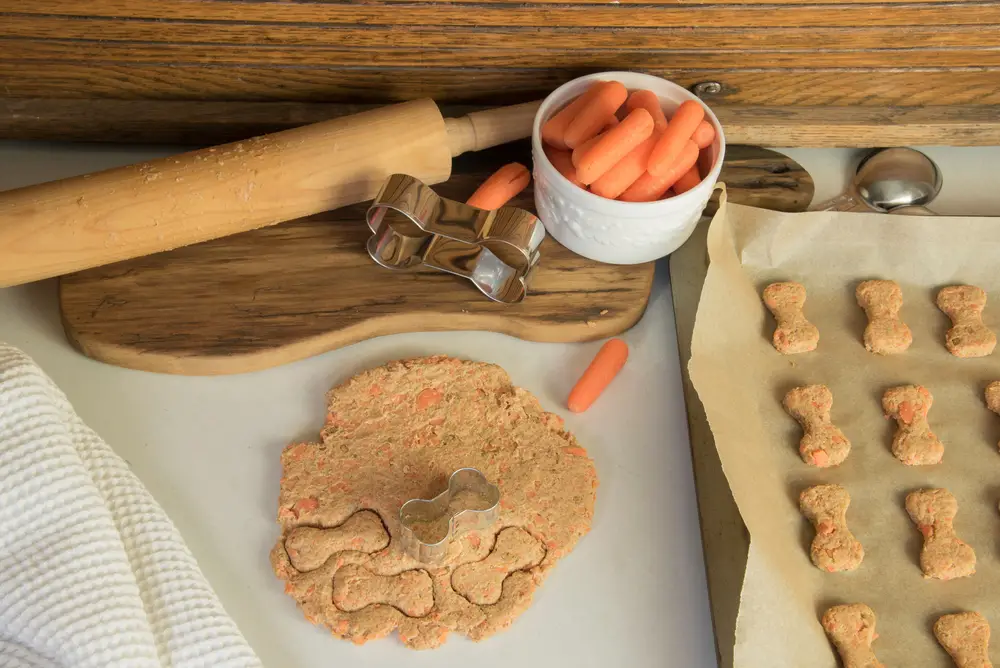
Not all dog treats or accessories are created equal. Some pups have sensitive stomachs, some owners love spoiling their pets with gourmet snacks, and others want stylish, eco-friendly dog gear. Instead of trying to do it all, pick a niche that excites you and has a demand. Do you want to focus on organic, grain-free dog biscuits? Maybe hand-sewn, breed-specific bandanas? The more specific you are, the easier it will be to stand out.
Think about what makes your product different from what’s already out there. For example, if you create dog treats, can you make a unique flavor combination, like peanut butter and turmeric for joint health? If you’re into accessories, can you offer customized or breed-specific designs? By narrowing your focus, you’ll attract a loyal audience that appreciates what you bring to the table.
2. Perfect Your Recipe or Design—Make It Irresistible

You wouldn’t buy a bland, dry cookie, so why should a dog settle for one? If you’re making dog treats, test different recipes until you find one that dogs go crazy for. Use high-quality, dog-safe ingredients like pumpkin, peanut butter (xylitol-free!), and oats. Get feedback from friends with pets—trust us, they won’t mind being your taste testers!
If accessories are your thing, focus on durability, comfort, and style. Dogs are rough on their gear, so flimsy fabric or weak clasps won’t cut it. Try using strong, washable materials and test them on real dogs before selling. Your goal is to create something pet owners will love enough to repurchase and recommend to others.
3. Price It Right—Don’t Undervalue Your Work

Pricing is tricky. Charge too much, and people might hesitate to buy. Charge too little, and you won’t make a profit. The key is to balance affordability with value. Research similar products on platforms like Etsy, Amazon, or Instagram shops to see what competitors are charging.
Consider your costs—ingredients, packaging, shipping, and even the time you spend making each item. Then, add a profit margin that makes it worth your while. A good rule of thumb is to aim for at least a 50% profit margin. If a bag of dog treats costs you $5 to make, sell it for at least $10–$12.
4. Create Eye-Catching Packaging—Make It Instagram-Worthy
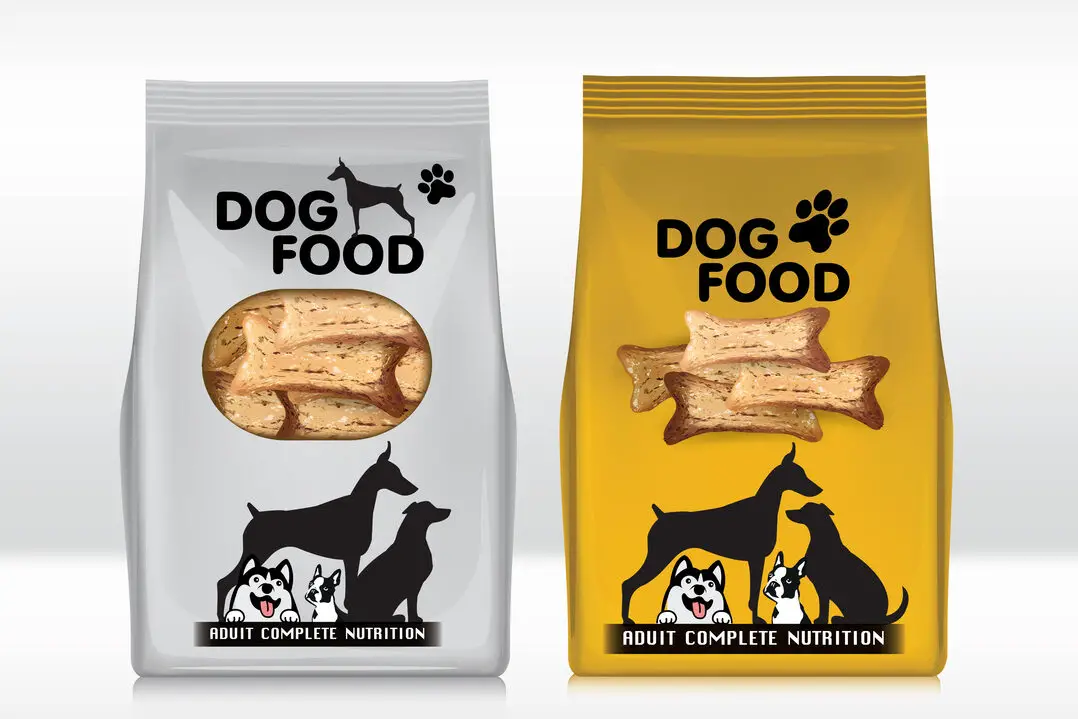
People buy with their eyes first. If your treats or accessories look cute, well-branded, and giftable, customers will be more likely to grab them. Packaging doesn’t have to be expensive—simple kraft paper bags with a custom sticker, cute ribbons, or biodegradable pouches can do the trick.
Make sure your branding is consistent and memorable. A fun logo, a catchy business name, and vibrant product photos will make your items stand out on social media and online stores. Think about how your packaging will look in a customer’s unboxing video—if it’s Instagram-worthy, you’re already winning.
5. Sell on the Right Platforms—Go Where the Dog Lovers Are

You don’t need a fancy website right away. Start where your audience is. If you want a built-in audience, Etsy is a great place to sell handmade pet products. If you prefer local customers, Facebook Marketplace or farmers’ markets can be great options. Want to reach dog lovers who adore aesthetics? Instagram and TikTok shops are perfect.
Experiment with different platforms and see where your products gain the most traction. If one method isn’t working, pivot! Don’t just wait for sales—actively market your products. Share behind-the-scenes videos, customer testimonials, and even bloopers of dogs testing your products to keep your audience engaged.
6. Offer Subscription Boxes—Build Recurring Revenue

Want steady sales instead of just one-off purchases? Subscription boxes are a game-changer. Dog owners love spoiling their pets, and a monthly box of fresh treats or new accessories is hard to resist. You can create themed boxes—like a “Barkday Box” for birthdays or a “Seasonal Surprise” box with festive treats and bandanas.
Subscription models ensure repeat customers and help you predict income each month. Start by offering small, affordable boxes to test demand. If people love them, you can introduce bigger, premium versions with exclusive products that aren’t available individually.
Click here for more stories like this
7. Collaborate with Pet Influencers—Let the Dogs Do the Selling
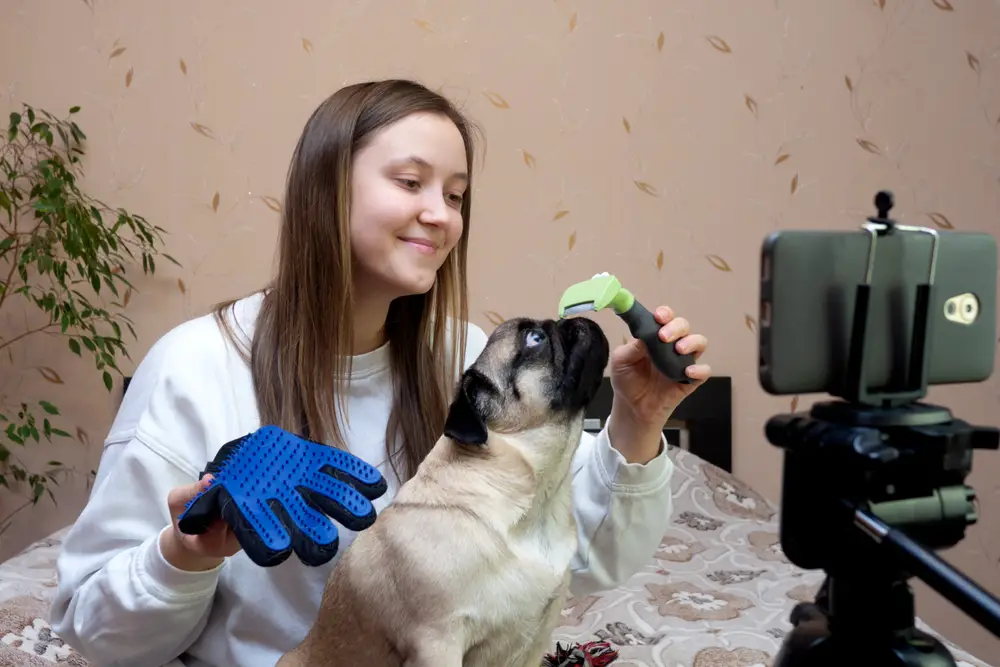
In today’s world, dogs are social media celebrities in their own right! There are thousands of pet influencers on Instagram, TikTok, and YouTube with huge followings of engaged dog lovers. The best part? Their followers trust their recommendations, which makes influencer marketing an amazing way to get your homemade dog treats or accessories noticed.
Start by reaching out to pet influencers who align with your brand. If you specialize in hypoallergenic treats, look for influencers who own dogs with food sensitivities. If you create stylish dog bandanas, find accounts with fashion-forward pups. Offer to send them free products in exchange for a review, or set up an affiliate program where they earn a small commission for each sale they drive. A single well-placed video or post can bring in hundreds of new customers overnight!
8. Attend Local Dog Events and Farmers’ Markets—Meet Your Customers in Person

While online sales are great, there’s nothing like meeting potential customers face-to-face. Dog owners love seeing and touching products before they buy, especially when it comes to treats or accessories. Setting up a booth at a farmers’ market, pet expo, adoption event, or dog park pop-up can introduce your brand to a whole new audience.
At these events, offer free samples of your treats or let dogs try on your accessories. If possible, have an adorable pup at your booth modeling your products—because let’s be real, no one can resist a cute dog in a bowtie or bandana. Bring a card reader for easy payments, and collect emails so you can follow up with a special discount for those who didn’t buy on the spot.
9. Offer Customization—Make Every Purchase Unique
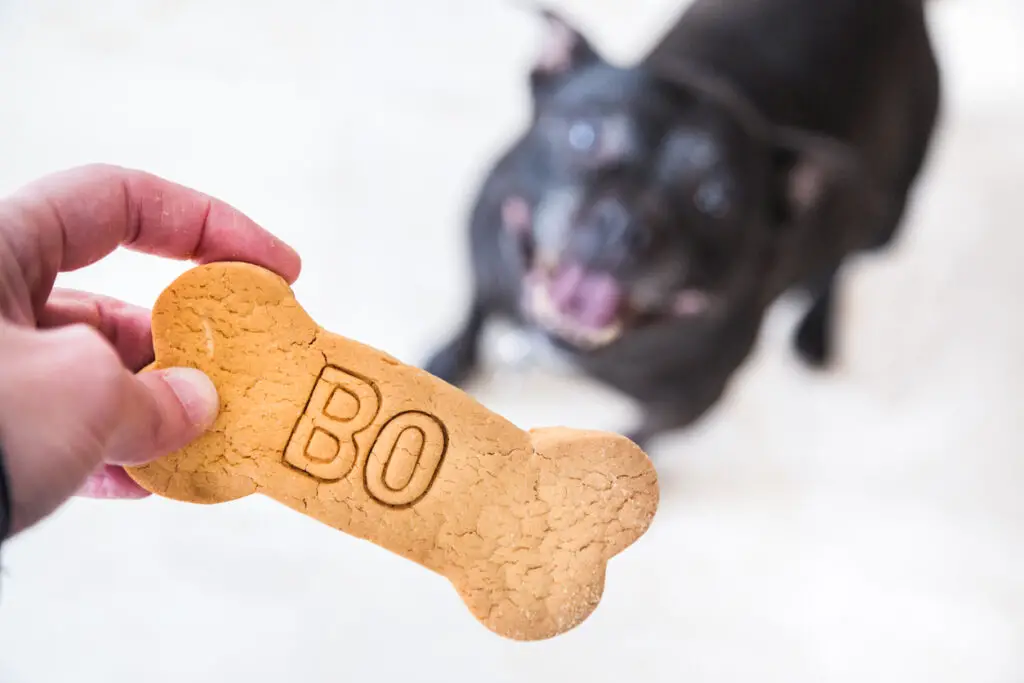
One of the best ways to stand out in the pet market is by offering personalized products. Dog owners love buying accessories that reflect their pup’s personality, and custom engraving, embroidery, or color options can turn a simple item into something extra special.
If you’re making dog treats, think about offering custom treat shapes or personalized packaging with the dog’s name. For accessories, allow customers to choose colors, patterns, or even add their pet’s name. Not only does this make your product feel more premium, but it also encourages word-of-mouth marketing—when people see a dog wearing a custom-made bandana or eating biscuits with their name on it, they’ll want one for their pup too!
10. Take Amazing Product Photos—Make Your Listings Pop
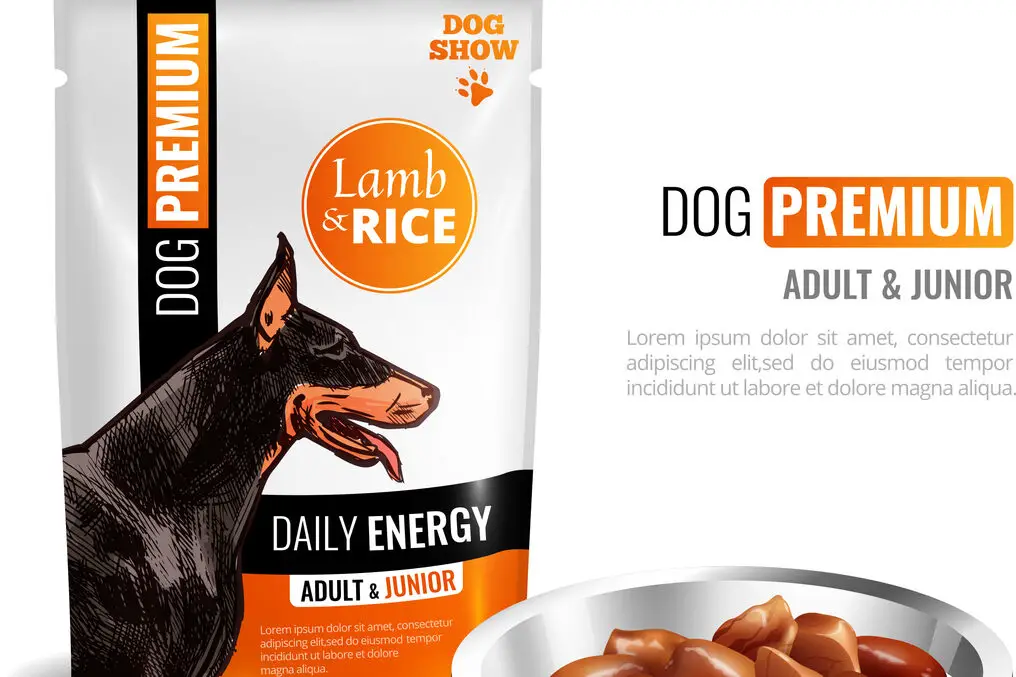
In an online world, great photos can make or break a sale. Customers can’t touch or smell your treats, so your pictures need to showcase the quality, texture, and appeal of your product. A blurry, poorly lit photo won’t do your business any favors—so invest in good lighting, a simple background, and a high-quality phone or camera.
For dog treats, take close-up shots of the texture and ingredients, and maybe even a cute action shot of a pup happily munching on them. For accessories, have real dogs model your products in different settings—a stylish bandana looks great on a pup at the park, while a cozy dog sweater shines in a homey environment. The more visually appealing your photos, the more likely people are to click and buy!
11. Build an Email List—Keep Customers Coming Back

Getting customers to buy once is great, but repeat customers are where the real money is. One of the best ways to keep in touch with your buyers is through email marketing. Every time someone buys from you, have them sign up for your email list with the promise of exclusive discounts, new product launches, or dog care tips.
Send out regular emails with engaging content—like behind-the-scenes looks at how you make your products, fun dog-related stories, or early access to new flavors or styles. The key is to not just sell, but to build a relationship with your audience. People love supporting small businesses when they feel a personal connection, so use email to remind them why they loved your brand in the first place.
12. Get Certified—Gain Trust and Credibility

If you’re making dog treats, pet owners want to know they’re buying safe, high-quality food. One way to increase your credibility and charge higher prices is by getting certified. Look into pet food manufacturing regulations in your country—some places require a simple business license, while others might need more extensive health certifications.
For handmade accessories, consider pet-safe material certifications or quality guarantees. Customers are more likely to buy when they know your products meet safety and durability standards. Even a simple “Handmade with Love & Safety Tested” badge on your website can boost buyer confidence and set you apart from competitors selling cheaply made, mass-produced items.
13. Stay Consistent and Keep Experimenting—Success Takes Time

The biggest mistake new pet business owners make? Giving up too soon. The first few months (or even years) might be slow, but that doesn’t mean your business isn’t working. Building a brand takes time, and the more consistent you are with marketing, improving your products, and engaging with your audience, the more your business will grow.
Don’t be afraid to experiment with new ideas. Maybe a seasonal pumpkin spice dog treat becomes your bestseller, or a quirky dog bowtie collection goes viral. Stay flexible, listen to customer feedback, and adapt to what people want. If you keep showing up, improving your craft, and promoting your products, you’ll be on your way to a thriving pet business in no time!


